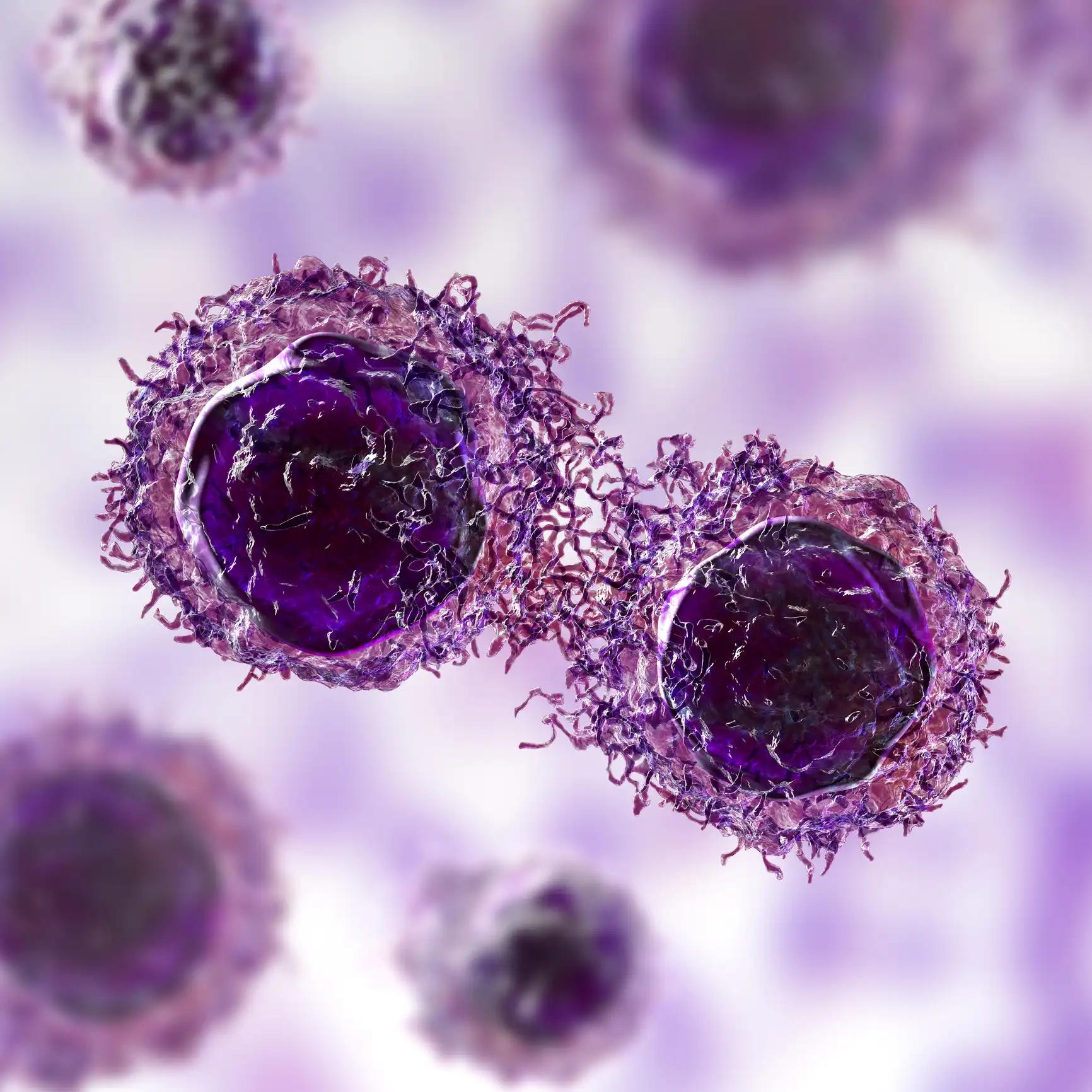Key Points:
- A randomized phase 3 trial compared enasidenib (AG-221) with conventional care regimens (CCRs) in 319 patients.
- Enasidenib treatment resulted in a significant improvement in event-free survival compared to conventional care regimens, but overall survival was impacted by patients dropping out early and receiving additional AML therapies.
- Patients with heavily pretreated, older relapsed/refractory mutant-IDH2 AML had significant morphologic and hematologic improvement when treated with Enasidenib compared to conventional care regimens.
Enasidenib is an oral IDH2 (isocitrate dehydrogenase 2) inhibitor. This open-label, randomized, phase 3 trial was compared to conventional care regimens (CCRs) for patients 60 years or more with late-stage, mutant-IDH2 acute myeloid leukemia (AML) that had relapsed or been resistant to 2 or 3 prior AML-directed therapies.
Patients were pre-selected to receive either azacitidine, intermediate-dose cytarabine, low-dose cytarabine, or supportive treatment and then randomized (1:1) to receive either enasidenib 100 mg per day or CCR. One of the primary metrics was overall survival (OS). Event-free survival (EFS), Time to treatment failure (TTF), overall response rate (ORR), hematologic improvement (HI), and transfusion independence (TI) were secondary goals. Altogether, 319 patients were split evenly between enasidenib (n = 158) and CCR (n = 161).
The median (range) age was 71 years, the median (range) days on enasidenib were 142 days (from 3 to 1270), and the median (range) days to complete the response was 36 (1 to 1166). At the end of the study, 30% of the enasidenib group and 43% of the CCR group had received additional AML-directed medications. In comparison, 1% of the enasidenib group and 12% of the CCR group had not received any randomized treatment.
One-year survival rates were 37.5% for those who took enasidenib versus 26.1% for those who took CCR (HR [hazard ratio], 0.86; P =0.23). Enasidenib meaningfully improved EFS (median, 4.9 vs. 2.6 months with CCR; HR, 0.68; P = .008), TTF (median, 4.9 vs. 1.9 months; HR, 0.53; P < .001), ORR (40.5% vs. 9.9%; P <.001), HI (42.4% vs. 11.2%), and red blood cell (RBC)-TI (31.7% vs. 9.3%).
The safety profile of enasidenib was in line with previous studies. However, the primary research goal was not reached because early dropout and subsequent AML-directed therapy confounded OS. Nevertheless, in this older, severely pretreated mutant-IDH2 R/R AML population, enasidenib significantly improved EFS, TTF, ORR, HI, and RBC-TI.
Clinical trial: https://clinicaltrials.gov/ct2/show/NCT02577406
Stéphane de Botton, Pau Montesinos, Andre C. Schuh, Cristina Papayannidis, Paresh Vyas, Andrew H. Wei, Hans Ommen, Sergey Semochkin, Hee-Je Kim, Richard A. Larson, Jaime Koprivnikar, Olga Frankfurt, Felicitas Thol, Jörg Chromik, Jenny Byrne, Arnaud Pigneux, Xavier Thomas, Olga Salamero, Maria Belen Vidriales, Vadim Doronin, Hartmut Döhner, Amir T. Fathi, Eric Laille, Xin Yu, Maroof Hasan, Patricia Martin-Regueira, Courtney D. DiNardo; Enasidenib vs conventional care in older patients with late-stage mutant-IDH2 relapsed/refractory AML: a randomized phase 3 trial. Blood 2023; 141 (2): 156–167. doi: https://doi.org/10.1182/blood.2021014901



